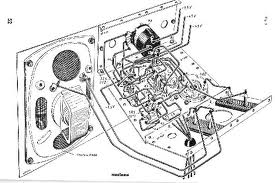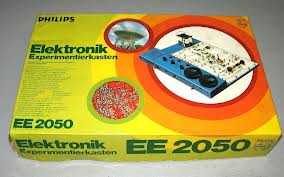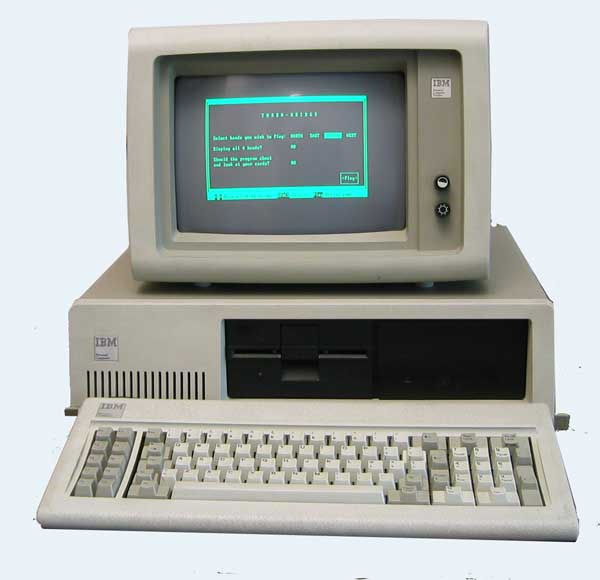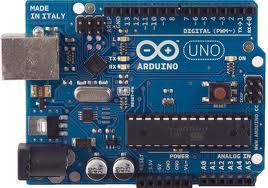With new technologies becoming available at commodity pricing there is an increasing growth of people getting access to this.
In the 60-ies and 70-ies lots of youngsters were playing around with electronic circuit kits for mostly basic electronics and radios etc.
Then in the 80’ies and 90’ies this declined dramatically due to the extreme price reduction of modern equipment. You did not repair it, just buy a new one. And the the interest in building your own electronics market declined.
Then the PC market exploded with the coming of the IBM PC. From a technology perspective most had a PC at home where they developed their personal programs and some might even interface to some external device.
And then somewhere around 2006 an iItalian company came with a cheap low cost development board (Arduino) which enabled people to develop programs on little microcontrollers with open source software, open source hardware. These little micro controllers are however quite powerful. They can be used to control home appliences, connect to the internet as a client but also as a server, send messages through GSM, tweets, control relays, motors, read you SD cards from your camera etc. The only limitation is your imagination.
This little board is only sized 55mm x 65 mm and has an 8 bit RISC processor, 20 digital IO ports, 6 Analog ports and 32 kB of flash memory. This might sound small to those developing complex graphics software but are sufficient to learn programming, develop all kinds of home projects for robotics, 3D printing, Domotica etc. And the development increases dramatically fast, catching up with the newest processors (32 bits RISC is already available for about 35 US$). At the same time through crowdfunding new boards are designed by brilliant youngsters with great ideas. Nowadays a complete microcontroller capable of running at 90 mHz, 250kB of flash memory capable of controlling all the house appliances costs about 30us$ and has the size of 15 mm x 30 mm.
Of course there have always been microcontroller boards around sinds the invention of the 4004 microprocessor in 1973/1974 but the pricing was too high making it unaccessable for the greater public (SMB-85, STAMP etc). Now that the cheapest boards can be bought for less than 10us$ (including a USB cable to the PC) this has become a commodity with what it looks like a multi million user base.





